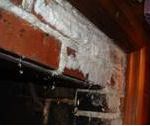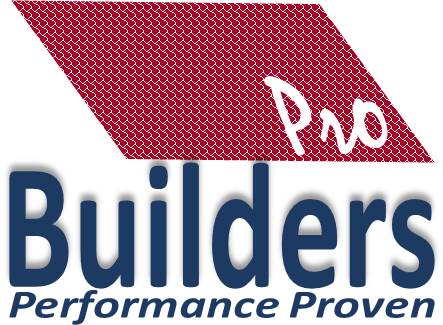Ease of Application
Characteristics of a paint or caulk that facilitate its application, e.g., spatter resistance, lapping properties, and open time.
 Efflorescence
Efflorescence
Whitish powder (salt deposits) that sometimes appears on masonry surfaces; it is carried to the surface by moisture.
Eggshell
An interior paint that has a low luster, satin-like appearance. Its gloss level is between flat and semi gloss.
Elasticity
The ability of paint or caulk to expand and contract with the substrate without suffering damage or changes in its appearance. Expansion and contraction are usually caused by temperature and humidity fluctuations.
Emulsion
A mixture (usually milky-white) in which one liquid is dispersed (but not dissolved) in another. A latex paint or caulk binder is often referred to as an emulsion, even though it is a dispersion of solid polymer particles in a liquid (water). In Europe, latex paints are often referred to as “emulsion paints.”
Enamel
Technically, enamel is a colored varnish, or high gloss paint. Generally, the term is used for high quality, dirt-resistant paints (generally for interior use) that may have a sheen level from satin to glossy. These coatings are used for more demanding applications as in kitchens, bathrooms, etc.
Environmental Protection Agency (EPA)
An agency of the federal government that has the responsibility of protecting the environment.
Epoxy
A tough, water-resistant and chemical-resistant polymer or coating, adhesive or patching material made with this type polymer; usually made with two components blended at time of application.
Extender
A low-hiding, inexpensive pigment that fills out and extends the high-hiding and colored pigments’ capabilities, provides bulk to the paint, and can positively or negatively have an impact on many properties. Some common extenders are clay, calcium carbonate, and silica.

